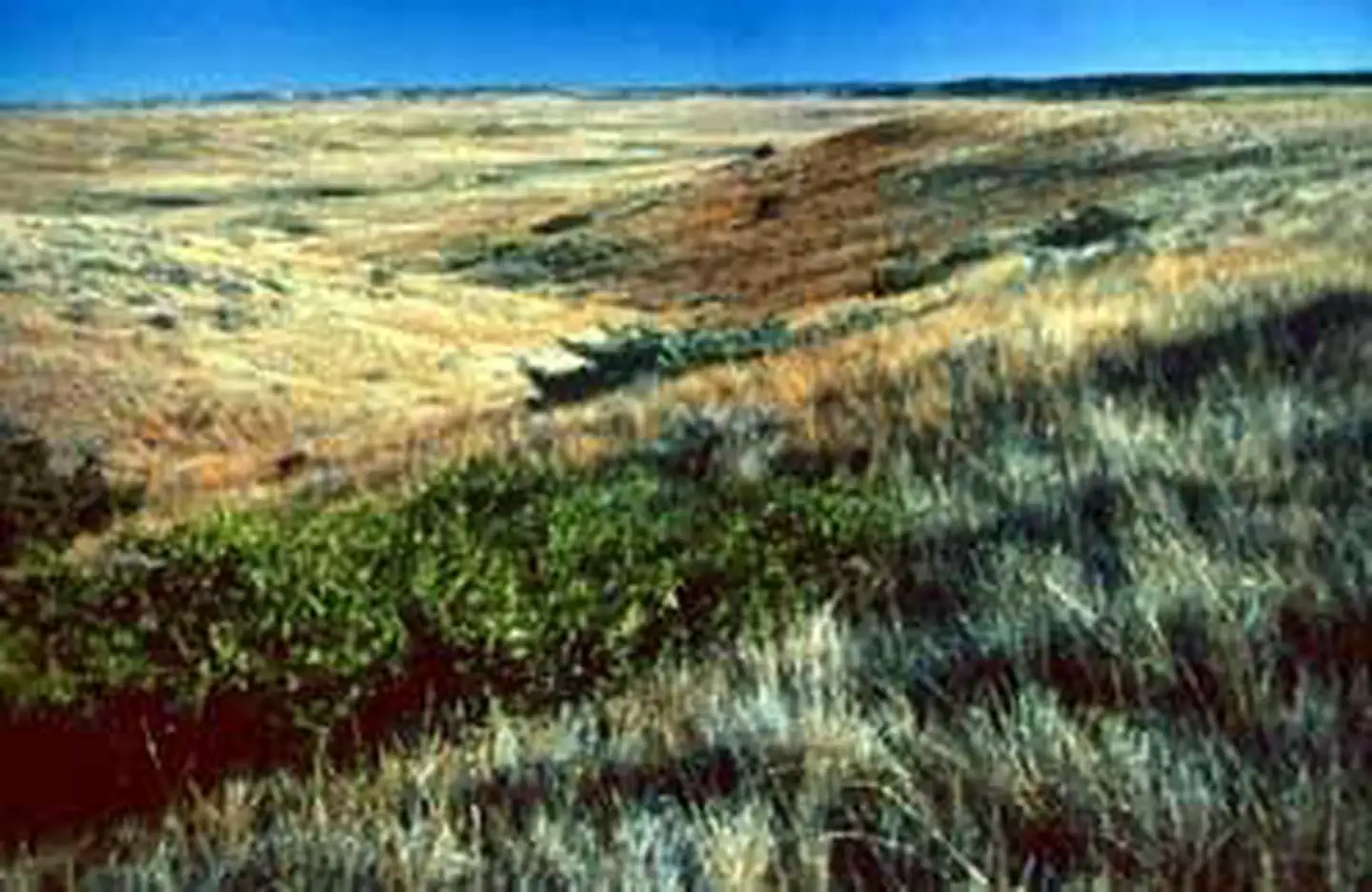Ul Bend Wilderness
Ul Bend National Wildlife Refuge, Near Malta, Montana
Ul Bend Wilderness does not offer reservations through Recreation.gov. Please take a look at the area details below for more information about visiting this location. Enjoy your visit!
Overview
The UL Bend Wilderness now contains a total of 20,819 acres and is managed by the Fish & Wildlife Service's Charles M. Russell National Wildlife Refuge Complex. All of the Wilderness is in the state of Montana. In 1976 the UL Bend Wilderness became part of the now over 110 million acre National Wilderness Preservation System.
For approximately one million acres and 125 miles up the Fort Peck Reservoir and the Missouri River from the Fort Peck Dam, you'll find the Charles M. Russell National Wildlife Refuge. This area is characterized by breaks (badlands), steep-sided forested coulees, prairie grasslands, cottonwood river bottoms, and an abundance of wildlife: elk, mule deer, white-tailed deer, pronghorn antelope, bighorn sheep, coyotes, badgers, bobcats, Canada geese, grouse, and a wide variety of raptors. Prairie dogs have established "towns" here, complex systems of interconnected burrows that cover thousands of acres. Tyrannosaurus rex once hunted these grounds, and in many areas of the refuge little has changed since those forgotten days.
Some of the remotest regions of the refuge are seldom seen and virtually unexplored by humans. Foremost among those regions is UL Bend Wilderness, which is a part of the UL Bend National Wildlife Refuge that is in turn swallowed by the vast Charles M. Russell National Wildlife Refuge (CMRNWR). You'll find UL Bend north of a tight U-shaped bend in the Missouri River in the western section of the CMRNWR. The Wilderness is divided into four units: three small northern units and the large southern unit that borders the river. The area is almost entirely open grassland and sagebrush, without water and exposed to the whimsy of prairie winds. There are no maintained trails, but hiking and camping within the Wilderness are unrestricted, scenic, and rugged. Horses, hunting, and fishing (in season) are allowed.
As the Missouri enters the refuge it is designated Wild and Scenic, and many paddlers continue down past the Wilderness on placid waters. High winds may make open areas of water dangerous. You'll be paddling in the long-gone wake of Lewis and Clark.
